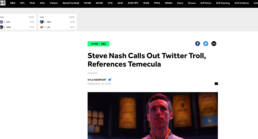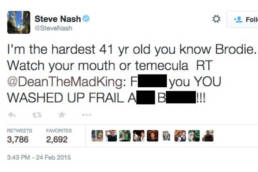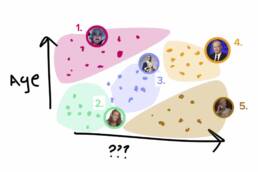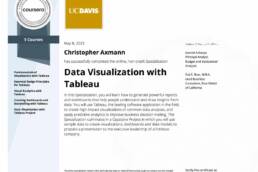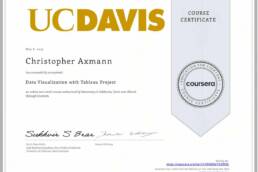In this crossover edition of the B.O.D POD, James Holas and Chris Axmann connect with Tara Bowen-Biggs through their mutual cohost Dan Marang. A whole lot of Blazers, a whole lot of laughs, and way too much Dwight Howard discussion
Clip 1
Clip 2
Clip 3
Full Episode
New York Times: “Searching for a New Way to Measure Defensive Production”
BOSTON — For many basketball traditionalists, defense has been the go-to factor when denouncing the importance of basketball’s advanced statistics revolution. Hard to concretely quantify as an individual skill, defense and the metrics that would define it have lagged as numerous new-age offensive statistics have become more and more a part of day-to-day player evaluation. Kirk Goldsberry and Eric Weiss acknowledged as much in a research paper presented here at the annual M.I.T. Sloan and Sports Analytics Conference.
With the aid of sport view cameras that track on-court player movement, the paper, “The Dwight Effect: A New Ensemble of Interior Defense Analytics for the N.B.A.,” showcased a new method for assessing basket protection. Goldsberry charted the area near the rim because it was a smaller space, easier to keep track of. Obsessive over basketball’s spatial dynamics, he also wanted to study the area where points are most easily scored, where defense is supposed to be sacred.
The Los Angeles Lakers’ Dwight Howard prevented the most shots from being taken, hence the title of the paper. Serving as a paint-patrolling ghost story, Howard is leading the league in what Goldsberry called “invisible blocks.”
“The flip side of that is that guys settle for midrange shots at the highest rate,” Goldsberry said. “That’s the least efficient shot in the game of basketball.”
Dan Marang
Tara Strong AKA “Team Mom”
Christmas NBA games weren’t bad, but NBA Twitter dominated the holiday. HoopsCritic blogger and Celtics fan James H — aka @SnottieDrippen — got in a Kobe Bryant-related Twitter argument with a user named @MyTweetsRealAF. It progressed like any normal NBA argument, then devolved into Mr. RealAF driving over half an hour in an attempt to fight him. On Christmas.
Steve Nash is a 41-year-old who has recently been plagued by injuries, but the Los Angeles Lakers point guard is not afraid to defend himself.
On Tuesday afternoon, Nash sent out a tweet about the Manchester City-Barcelona match:
That seems like a pretty innocent tweet, right? Well, for some reason, it pushed somebody over the edge.
Some Twitter troll unleashed on Nash, using about as many profanities as he could fit in a tweet. Nash didn’t take kindly to that.
1. Because “Meet Me In Temecula” is a song created by a man (@MyTweetsRealAF) who, on Christmas day, made a 35 minute drive to Temecula, California to fight someone (@SnottieDrippen) who dissed Kobe Bryant on Twitter. @Snottiedrippen didn’t show up for the fight, so naturally @MyTweetsRealAF recorded and released a diss track.
7. Meet me in Temecula
This might be my favorite moment in Twitter history, period. NBA Twitter stalwart @SnottieDrippen(opens in a new tab) (real name James Holas) got a dude named @MyTweetsRealAF to drive nearly an hour(opens in a new tab) to Temecula, California in an effort to fight him over an argument about Kobe Bryant. Of course, Snottie was in Arizona at the time and just leading this very angry person on.
It was the best-ever representation of how silly(opens in a new tab) Twitter fights get — there was a whole freaking diss track recorded over it. Meet me in Temecula has since kind of become a shorthand way to reference an incredibly dumb online fight.
Showed Kobe the Temecula tweets and he started laughing. Couldn't believe something like that would actually happen.
— Arash Markazi (@ArashMarkazi) December 29, 2014






